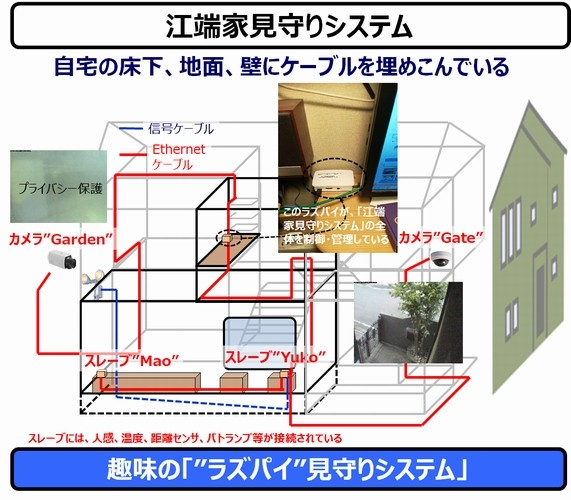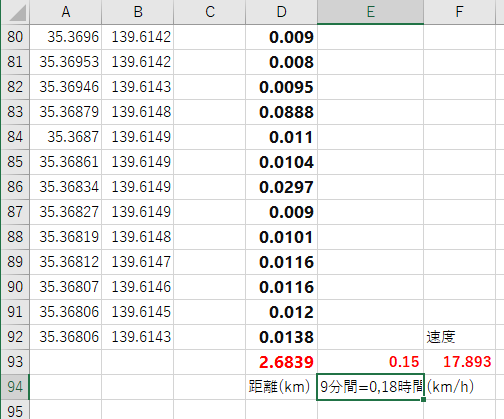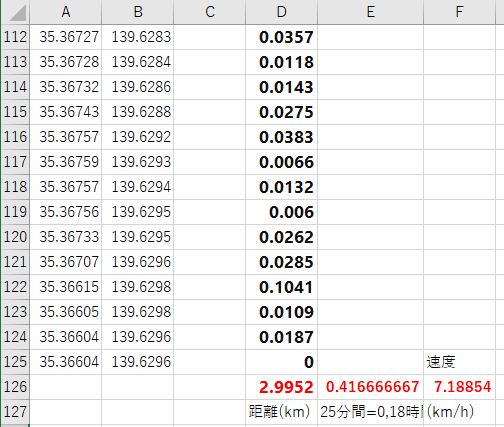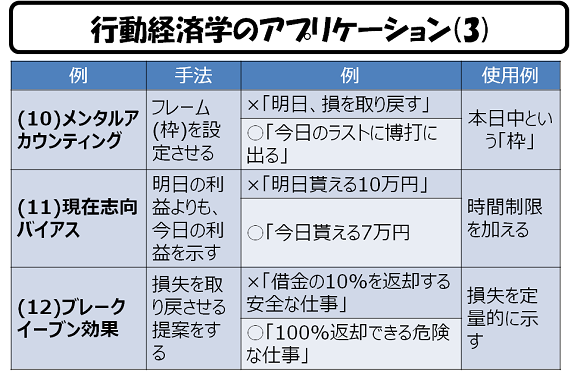先日、落雷か何だか分かりませんが、1分間程の停電がありました。
The other day, I don't know if it was a lightning strike or what, but I had a power outage for about a minute.
もちろん、我が家のPC群も一瞬にしてブラックアウトしました。
Of course, my PCs were also instantly blacked out.
当然、作成途中のファイル等は全滅でしたが、それでも全システムの再起動を確認できた時は ――
Of course, all the files being created, etc., were wiped out, but still, when I could confirm that the entire system had rebooted.
手を組んで、空に向って『神様ありがとう』と呟きました。
I folded my hands and muttered 'Thank you, God' to the sky.
-----
サーバやDBを運用している訳ではないので、UPS(無停電電源装置)を購入するのは、ちょっとやりすぎのような気がします。
I am not running a server or DB, so purchasing a UPS (uninterruptible power supply) seems like a bit much.
いや、1台だけですが、ここ10年くらい連続で働いていてくれるサーバがありました。
Well, one server has been working continuously for the last ten years.
『江端家見守りシステム』も、被害に遭ってていたはずでした。
The "Ebata Family Monitoring System" was also supposed to have been damaged.

今、正常にシャットダウンしたら、再起動しませんでしたので、手動で色々修理しました。
When I shut it down, it would not usually restart, so I repaired things manually.
Welcome to emergency mode!
この見守りサーバ、Wifiポートが一つ空いていたので、実験用のアクセスポイントも作りました。
This monitoring server had one Wifi port available, so we also created an access point for experimental use.
Ubuntu16.04 でのアクセスポイント化
-----
1990年頃、「プログラマー30歳定年説」というのがありました(本当)。
Around 1990, a theory was that programmers retire at age 30 (true).
これは、プログラマーという仕事が過酷で ―― 残業、徹夜、荷重労働、薄給、過労死 ―― という感じの世界観で、そして、実際そんな感じでした。
This theory was a worldview in which a programmer's job was grueling -- overtime, all-nighters, load work, thin pay, and overwork -- and, indeed, it was like that.
今は状況が変わったかと問われれば、案外そうでもありません。
If you ask whether the situation has changed now, it has not.
プログラムというのは、プログラマの能力と関係なく、開発環境やマシンスペック、その他のパッケージソフトの影響などを受け、『動かない時には、何をしても動かない』という、実に嫌なやつなのです ―― 土下座でなんとかなる人間関係や、お金や人材の投入で解決できるモノの方がマシと思えるくらいです。
A program is a real pain in the ass because it is affected by the development environment, machine specs, and other software packages, regardless of the programmer's ability, and "when it doesn't work, it doesn't work no matter what you do. It is better to solve the problem by getting down on our knees and investing money and human resources.
それでも、以前に比べれば、OSSを使うことができ、開発環境も良くなり、ずいぶん楽になってきています。
Nevertheless, using OSS and better development environments has become much more manageable compared to the past.
そして、生成AIをパートナーとすることで、『事実上、プログラマーの定年は消滅した』という気がしています。
And with generative AI as a partner, I feel that 'the retirement age for programmers has virtually disappeared.
生成AIに日本語で頼めば、最初のコードは作ってくれますから ―― あとは、生成AIが作ってくれたコードを、私が理解すれば、その後の改造は自由自在です。
If I ask the AI to create the first code in Japanese, it will generate the code for me. Once I understand the code created by the AI, I can modify it as I wish.
-----
最近、ちょっと変った使い方をしているので、ご紹介したいと思います。
Recently, I have been using it in a rather odd way.
例えば、「多項ロジットモデルとは何ですか」とChatGPTに尋ねますと、
For example, when I ask ChatGPT, "What is a multinomial logit model?
『統計学や機械学習の分野で使用される.... ロジスティック回帰の拡張..... ロジスティック回帰の拡張....』
"Used in statistics and machine learning," "Extensions to logistic regression," "Extensions of logistic regression..."
と言われますが、これでは私には分からないんですよ。
However, this message doesn't make sense to me.
でも、「多項ロジットモデルの簡単なプログラムをGo言語で作ってみてください」とChatGPTにお願いすると、
But when I ask ChatGPT to "try to make a simple program in the Go language for the multinomial logit model,
package main
import (
"fmt"
"math"
)
// softmax関数
func softmax(logits []float64) []float64 {
var sum float64
probabilities := make([]float64, len(logits))
// ソフトマックス関数の計算
for _, logit := range logits {
sum += math.Exp(logit)
}
for i, logit := range logits {
probabilities[i] = math.Exp(logit) / sum
}
return probabilities
}
func main() {
// クラスごとのロジット(入力値)
logits := []float64{1.2, 0.8, 1.5}
// ソフトマックス関数を使用してクラスごとの確率を計算
probabilities := softmax(logits)
// 結果の出力
fmt.Println("Logits:", logits)
fmt.Println("Probabilities:", probabilities)
}
てな感じで作ってくれます。
It can make the codes like that.
私は、このプログラムを読むことで、「多項ロジットモデル」の概要をざっくり把握することができるんですよ(プログラムを実行する必要なし)。
I can get a quick overview of the "multinomial logit model" by reading this program (no need to run the program).
数理モデルの理解の時間が、10倍くらい加速される、という感じです。
It is as if the time required to understand the mathematical model is accelerated by about 10.
ぶっちゃけ、専門書なんて、かったるくて読んでいられません。
Technical books are too dull to read.
-----
まあ、このような使い方をする人間は少ないとは思いますが、私の場合、「生成AI + プログラム言語」の助けを得て、リタイア後も当面はなんとかなるんじゃないかな、と、期待しています。
Well, I know that not many people use it this way. Still, in my case, with the help of "Generative AI + Programming Language," I hope to manage for the foreseeable future, even after I retire.
プログラムスキルを有する若い人が少ないのか、今なお、私は、プログラミングの仕事で、前線に借り出されていますし。
Though I still work in programming, I'm unsure if enough young people have programming skills.
まあ、認知症になるまでの期限付きかとは思いますが、それでも"希望"は"希望"です。
There is a time limit until dementia sets in, but "hope" is "hope.



